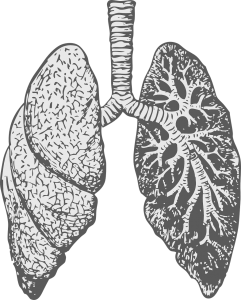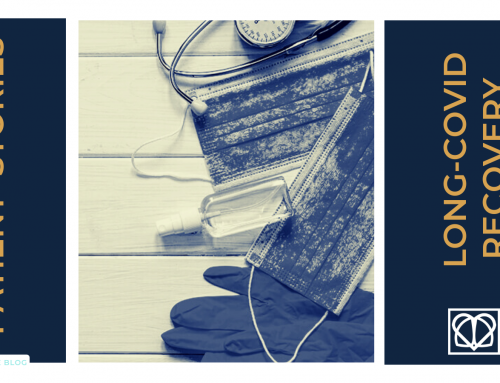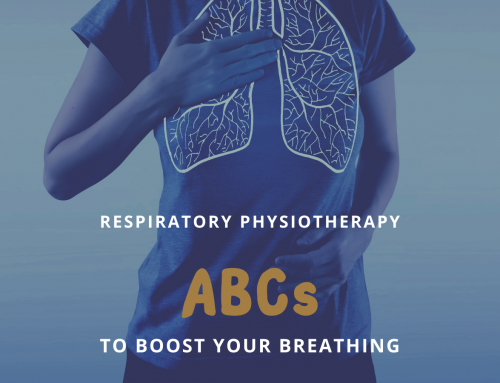Bronchiectasis is a less common lung condition with only 5 in every 1,000 adults in the UK being diagnosed with it. It’s a condition for which we provide specialist treatment here at Air Physiotherapy, so we thought it might be helpful to go back to basics, describing what it is, what causes it and how to treat it.
So let’s begin with a brief anatomy lesson!

Your lungs are made up of lots of tiny airways called bronchi – picture a tree with larger branches which then divide and divide into a network of smaller branches & twigs. The bronchi do exactly the same thing, dividing into lots of bronchioles. Within these bronchioles are glands that hold mucus which keep the airways moist and trap dust & dirt particles as you breathe. Tiny hairs called cilia line the airways and move the mucus along to expel it.
When you have bronchiectasis one or more of the bronchi are abnormally widened, which means the airways are much less effective at clearing away the mucus. This causes it to build up which increases the risk of bacteria infecting the airways and can lead to a chest infection. Left untreated, you risk entering into a cycle of chest infections which increases the scarring and damage to the bronchi and leads to further infections.
Why does it occur?
There are a few conditions that may lead to the development of bronchiectasis:
-
inflammatory bowel disease – Crohn’s disease and ulcerative colitis
-
immune system issues
-
previous occurence of a severe lung infection where the airways have been damaged as a result of whooping cough, pneumonia, or tuberculosis (TB)
-
an allergy to a particular species of fungi that causes the bronchi to become inflamed if spores from the fungi are inhaled – allergic bronchopulmonary aspergillosis (ABPA)
-
arthritis, specifically rheumatoid arthritis
-
living for a number of years with long term conditions such as asthma or COPD
-
an abnormality with the function or structure of your lungs – primary ciliary dyskinesia
What are the symptoms?
Symptoms vary from person to person and in severity. The most common symptoms are:
-
a persistent cough where large amounts of sputum (phlegm) is brought up
-
shortness of breath or difficulty breathing
-
wheezing
-
chest or joint pain
-
frequent chest infections
You may also find you feel tired all the time, struggle to concentrate and have problems with your sinuses.
How is bronchiectasis treated?
Once you’ve been diagnosed with bronchiectasis the damage that’s already occurred in your lungs can’t be reversed. The important thing is to manage the condition on an ongoing basis to ensure it doesn’t get any worse. If you’re a smoker, now is the time to quit for good. And don’t forget to book in for your annual flu vaccine and the one-off pneumococcal vaccine to prevent pneumonia as they will help keep chest infections at bay.

Your treatment is likely to involve a combination of strategies including medication (antibiotics). A respiratory physiotherapy programme will help you learn how to manage your breathlessness, learn the correct breathing and postural drainage techniques for clearing the airways (which will also help prevent chest infections) and how to maintain an active lifestyle with exercises that you will be able to perform according to your own individual circumstances.
If you’d like further information on how our respiratory physiotherapy service can support you with your bronchiectasis, please get in touch by email.




